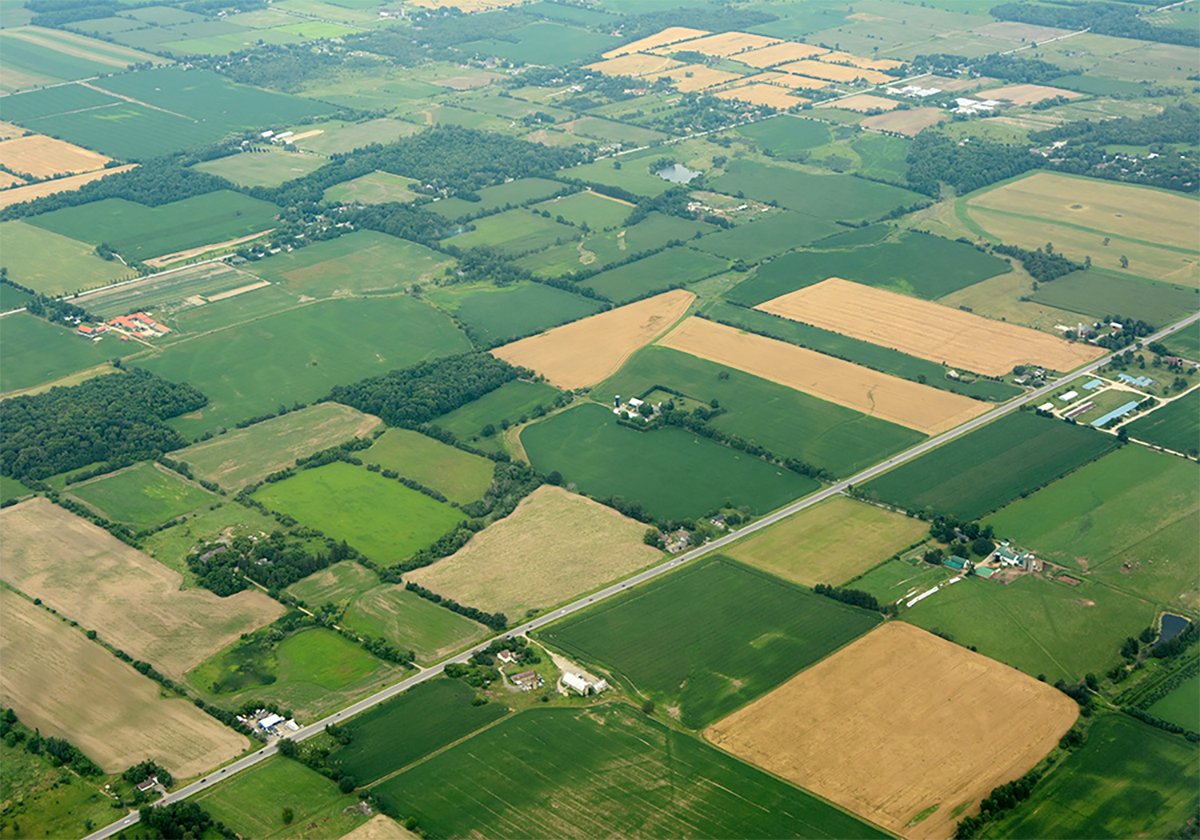Canada, always a trading nation, is tying its economy ever closer to the opportunities that arise from trade.
The strategy holds promise because global growth, particularly in Asia, is still so great it is hard to comprehend.
American agriculture secretary Tom Vilsack recently noted that the middle class in Asia is expected to climb to 3.2 billion over the next 15 years from 525 million today.
That would be the equivalent of adding eight markets the size of the United States.
These people will drive a consumer revolution, including increased demand for food.
Read Also

Higher farmland taxes for investors could solve two problems
The highest education and health care land tax would be for landlords, including investment companies, with no family ties to the land.
A small part of this revolution could play out in the canola industry, which has set a goal of expanding production so as to increase seed exports by 24 percent by 2025.
The production target is not that much of a stretch, considering the technological ad-vances coming in agriculture.
But as one transportation expert noted, what’s the good of expanding production and markets if the transportation and handling systems can’t handle the extra load?
Stephen Blank, a North American transportation systems analyst, told the Canola Council of Canada annual meeting that the continent’s system of roads, railways, waterways and pipelines are declining because of under-investment and political gridlock.
Prime minister Stephan Harper took issue with that thinking in a presentation last week to the Saskatchewan Association of Rural Municipalities.
He said his government, through the Gas Tax Fund and the 10-year, $53 billion Building Canada Plan, has made infrastructure investments “that dwarf all other governments.”
While it is good that more tax money is going into infrastructure, it is clear that much more could be spent to match the need. It may be possible to reprioritize government spending to make more public money available for infrastructure, but there are limits to the burden placed on taxpayers.
Governments would do well to investigate new ways for the private sector to get involved in funding infrastructure construction. One step in this direction is public-private partnership, the P3s where private consortiums fund and manage construction of infrastructure and charge governments to use it.
There could be ways to expand this partnership concept to further tap the vast pools of capital controlled by public pension plans and insurance companies that look for long-term, stable investments.
But what of private railway infrastructure?
Railways fund capital projects through the revenue they generate.
The two national railways have posted record profits, but a paper by Barry Prentice of the Asper School of Business and Graham Parsons of the Organization for Western Economic Cooperation notes that the grain revenue cap has caused average rail freight rate for grain to fall seriously behind the rate for other commodities.
They argue that the revenue cap removes the incentive for railways to invest in innovations that provide efficiency gains through the grain handling system.
Meanwhile, farm groups issued a study arguing that railway earnings for hauling prairie grain are hundreds of millions of dollars above levels that were previously deemed acceptable by the Canadian Transportation Agency.
Who is correct? One thing is certain: the ongoing federal transportation review will have to balance fairness for shippers with the railway’s need to generate sufficient money to improve its infrastructure to meet growing trade opportunities.














